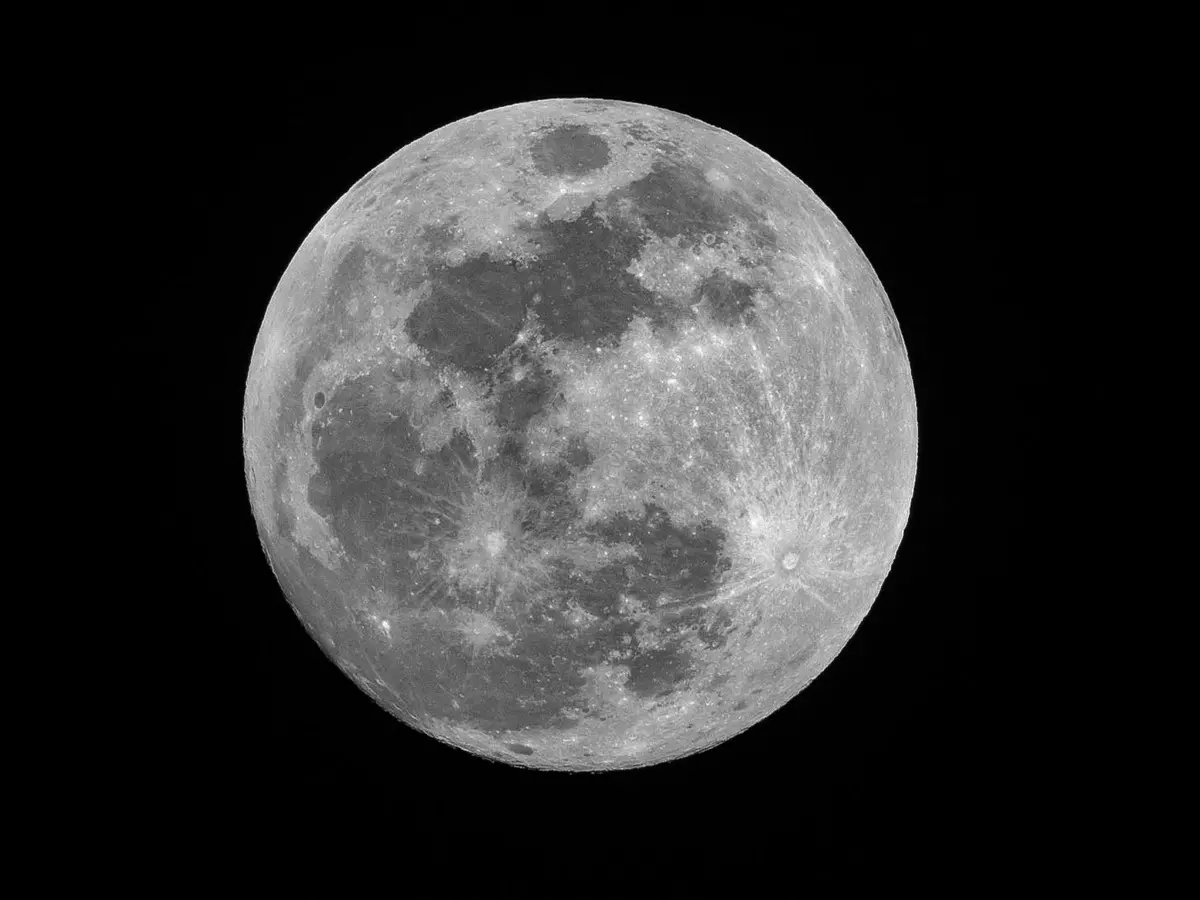O2 On Moon? NASA Successfully Extracts Oxygen From Simulated Lunar Soil
At NASA's Johnson Space Center, scientists managed to successfully extract oxygen from simulated lunar soil

If we could extract oxygen from lunar soil, setting up a potential human colony on the Moon could become more feasible. Now, NASA scientists have done exactly that. Besides being a requirement for being able to breathe, oxygen can be used as a propellant for transportation, and to enable space exploration farther off.
At NASA's Johnson Space Center, scientists managed to successfully extract oxygen from simulated lunar soil. This marked the first time this was done in a vacuum environment, scientists said, and could pave the way to someday extract resources through soil on the Moon.
 Unsplash
Unsplash
How was the oxygen extracted?
By using a special spherical chamber with a 15-foot diameter called the Dirty Thermal Vacuum Chamber, scientists conducted the test in conditions that are similar to those found on the Moon. As NASA explained, the "dirty" here suggests that unclean samples can be tested inside.
"The team used a high-powered laser to simulate heat from a solar energy concentrator and melted the lunar soil simulant within a carbothermal reactor," NASA explained. This reactor is where the process of heating and extracting the oxygen takes place.
 NASA/Brian Sacco
NASA/Brian Sacco
Also read: 3D Printed Structures On The Moon Could Become A Reality With China's Lunar Missions
This is the same process that is used to create items like solar panels and steel on Earth for decades. Once the soil was heated, the team detected carbon monoxide using a device called Mass Spectrometer Observing Lunar Operations (MSolo).
 Unsplash
Unsplash
Scientists will send a similar device to fly on two upcoming exploration missions to the Moon's South Pole - the Polar Resources Ice Mining Experiment-1 in 2023 and NASA¡¯s Volatiles Investigating Polar Exploration Rover (VIPER) in November 2024.
 ICON/BIG-Bjarke Ingels Group
ICON/BIG-Bjarke Ingels Group
Also read: The Moon Stuns Again As Japanese Lander Sends Spectacular Shot
"This technology has the potential to produce several times its own weight in oxygen per year on the lunar surface, which will enable a sustained human presence and lunar economy," said Aaron Paz, NASA senior engineer and CaRD project manager at Johnson.
This prototype is ready to be tested in space, scientists say. What do you think about the scope of such tech? Let us know in the comments below. For more in the world of technology and science, keep reading Indiatimes.com.
